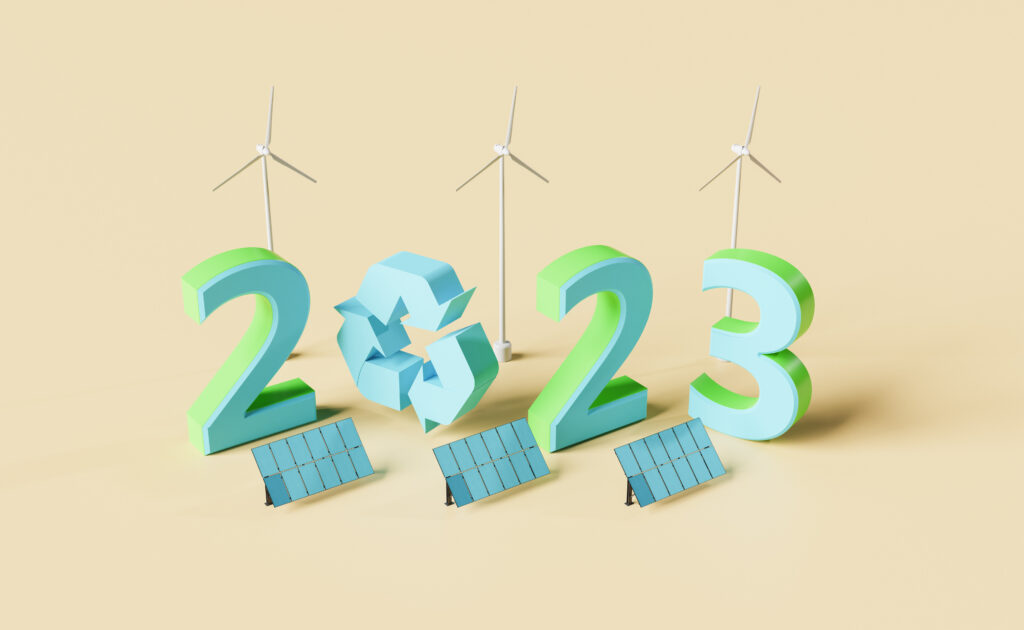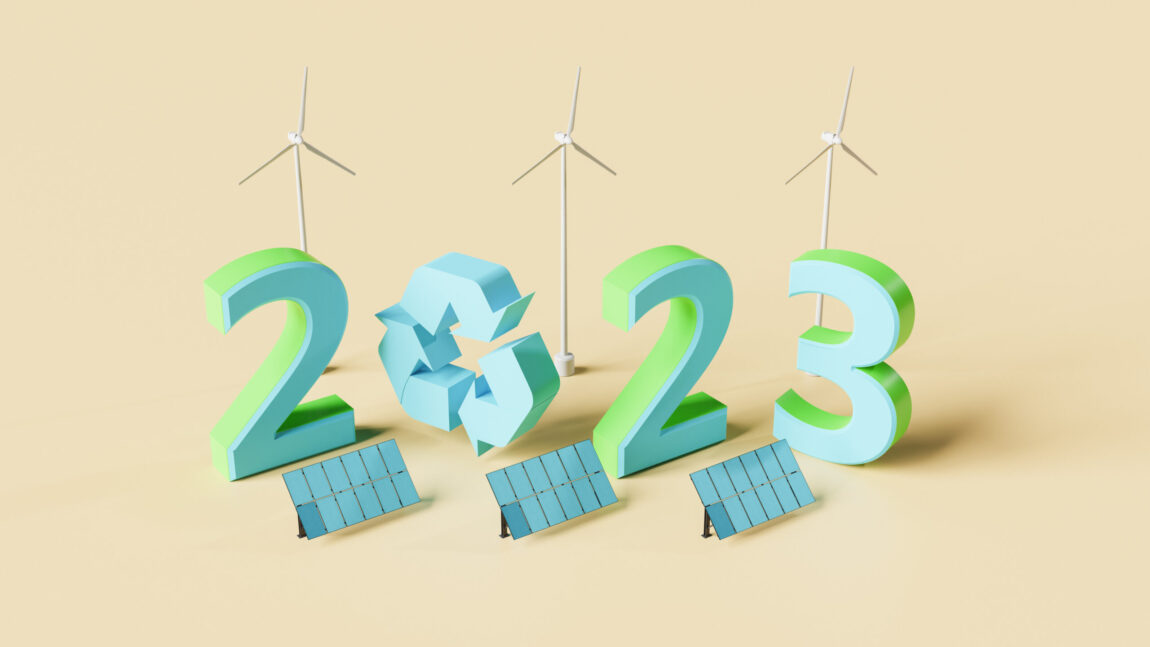- Jaideep Saraswat, Varun BR

India stands as a bright spot at the global forum. It is one of the only large economies having upbeat growth prospects according to the World Economic Outlook 2023, released by the International Monetary Fund (IMF)[1]. A similar tone was reflected in India’s economic survey 2022-2023 carried out by the Department of Economic Affairs[2]. India’s vision for the future is underlined by Growth and Job Creation, whilst fostering a strong and stable macroeconomic environment. True to this essence, the Union Budget 2023 preserves the momentum required for India’s progress.
Among the seven priorities identified as part of India’s vision for progress, the inclusion of Green Growth emphasises India’s stance on climate change adaptability and mitigation efforts. Concerning the energy transition and strategies directed to achieve clean power, this blog highlights key budgetary announcements, as described below-
- Renewable Energy grid integration from Ladakh: The Inter-state transmission system for evacuation and grid integration of 13 GW renewable energy from Ladakh is planned to be constructed with an investment of ₹20,700 crores. This is inclusive of central government support of ₹8,300 crore. The Ladakh region has immense solar, geothermal energy, and green hydrogen potential, and the Central government is set to invest in projects to capitalise on the same. In this light, integration into the National grid via the Inter-state transmission system is critical.
- Boost to battery ecosystem: To drive green mobility, a customs duty exemption is being extended to import capital goods and machinery required for the manufacture of lithium-ion cells for batteries used in electric vehicles. India’s lithium-ion battery demand which currently stands at 3 GWh is set to rise to 20 GWh by 2026, and 70 GWh by 2030[3]. India’s push for e-mobility needs to be supported by indigenous battery manufacturing facilities.
- Finance for Energy Transition: The Budget has allocated ₹35,000 crores to the Ministry of Petroleum and Natural Gas (MoPNG) for priority capital investments towards energy transition and net zero objectives, and energy security. The budget allocation will enable MoPNG to carry out recommendations drafted by the Energy Transition Advisory Committee[4].
- Focus on Energy Storage: Viability gap funding of Battery Energy Storage Systems (BESS) with a capacity of 4000 MWh is proposed in this budget. Additionally, a detailed framework for Pumped Storage Projects is also underway. With the advent of an increased mix of intermittent renewable energy in the grid, energy storage holds paramount importance to ensure a reliable supply of power.
- Credit for Mission LiFE: A Green Credit Programme is slated to be notified under the Environment (Protection) Act. This initiative is intended to incentivize environmentally sustainable and responsive actions by companies, individuals, and local bodies, and help mobilize additional resources for such activities. The program is also in line with Mission LiFE’s objective to bring individual behaviours to the forefront of the global climate action narrative.
- Circular Economy: 500 new ‘waste to wealth’ plants under the GOBARdhan (Galvanizing Organic Bio-Agro Resources Dhan) scheme with a financial outlay of ₹10,000 crores are slated to be established for promoting a circular economy. These will include 200 compressed biogas (CBG) plants (75 plants in urban areas, and 300 community or cluster-based plants). Additionally, fiscal provisions for the collection of bio-mass and distribution of bio-manure, have also been allocated.
- Support to Vehicle Scrappage: In furtherance of the vehicle scrapping policy developed under the aegis of the Ministry of Road Transport and Highways, funds have been allocated to scrap old vehicles of the Central Government. State Governments are also due to receive support in replacing old vehicles and ambulances. Vehicle scrappage is critical from a green economy perspective as this will create demand for environmentally friendly vehicles going forward.
- National Green Hydrogen Mission: Keeping pace with the renewed hydrogen momentum, the Mission was launched with an outlay of ₹19,700 crores, and adequate provision finds a place in the Union Budget 2023. This sets our country on track to the annual production target of 5 MMT of green hydrogen by 2030.
Clearly, India is on track to achieve its twin objective of economic and environmental growth. A lot of credit must be extended to similar proactive interventions of this visionary government released year-on-year.
[1] https://www.imf.org/en/Publications/WEO/Issues/2023/01/31/world-economic-outlook-update-january-2023
[2] chrome-extension://efaidnbmnnnibpcajpcglclefindmkaj/https://www.indiabudget.gov.in/economicsurvey/doc/eschapter/echap02.pdf
[3] https://www.thenationalnews.com/business/technology/2022/10/10/can-india-ramp-up-battery-cell-manufacturing-to-meet-ev-goals/
[4] https://economictimes.indiatimes.com/industry/renewables/panel-formed-to-prepare-energy-transition-roadmap-for-india/articleshow/88603190.cms




